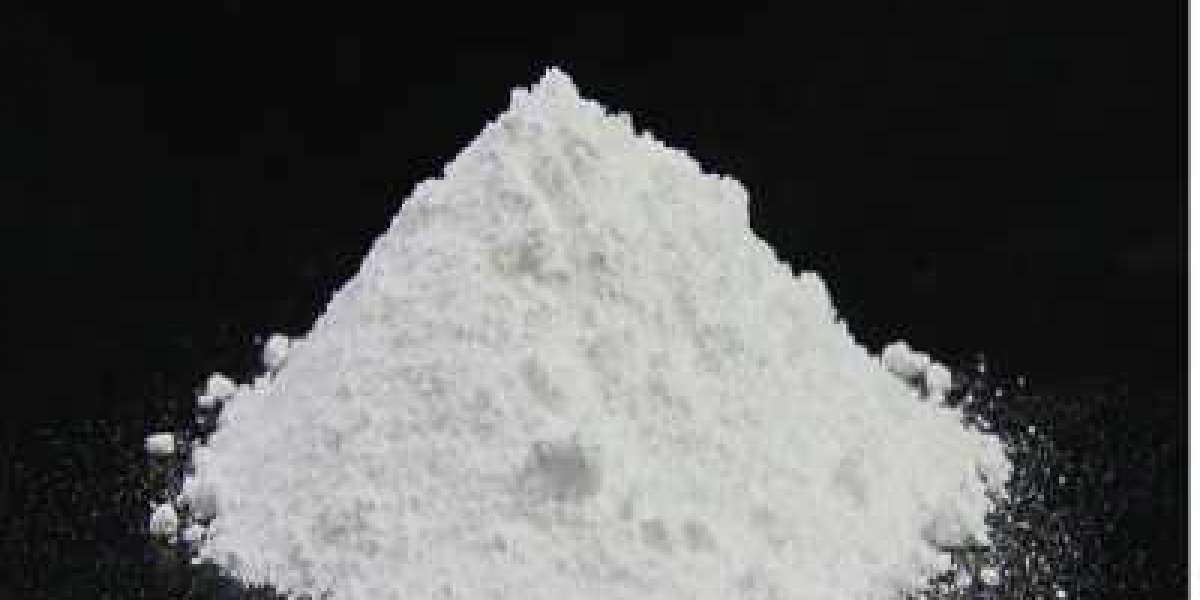Stability testing is a crucial aspect of quality control in the manufacturing and distribution of chemical products. It plays a vital role in ensuring that these products remain safe, effective, and reliable throughout their intended shelf life and under various storage and usage conditions. Here’s a detailed explanation of the significance of stability testing:
1. Ensuring Product Safety
One of the primary goals of stability testing is to ensure that chemical products do not degrade into harmful substances over time. This is particularly critical for products used in sensitive applications, such as pharmaceuticals, food additives, and personal care products. By conducting stability tests, chemical reagents manufacturers can:
- Identify Potential Degradation Products: Determine if any harmful by-products are formed during the product’s lifecycle.
- Assess Toxicity Risks: Ensure that any degradation products are within safe limits or non-toxic.
2. Maintaining Product Efficacy
Stability testing helps verify that a chemical product retains its intended properties and performance characteristics over time. For example:
- Pharmaceuticals: Ensuring that active ingredients remain potent and effective throughout the product’s shelf life.
- Reagents: Confirming that chemical reagents maintain their purity and reactivity for laboratory use.
- Consumer Products: Verifying that fragrances, dyes, and other additives do not lose their effectiveness or change properties unexpectedly.
3. Determining Shelf Life
Stability testing provides critical data for determining the shelf life of a product. This information is essential for:
- Labeling and Regulatory Compliance: Accurate shelf-life information is required for product labeling and to meet regulatory standards.
- Inventory Management: Helping chemical reagents manufacturers and distributors manage inventory more effectively by knowing when products should be replaced or discarded.
4. Optimizing Storage Conditions
Stability tests often involve exposing products to various environmental conditions, such as different temperatures, humidity levels, and light exposure. This helps chemical reagents manufacturers:
- Identify Optimal Storage Conditions: Determine the best storage conditions to maximize product stability and shelf life.
- Develop Packaging Solutions: Design packaging that protects the product from degradation due to environmental factors.
5. Preventing Financial Losses
By ensuring that products remain stable and effective, stability testing helps prevent financial losses associated with product recalls, customer complaints, and wasted inventory. This is particularly important for high-value products or those with narrow safety margins.
6. Supporting Regulatory Compliance
Many industries, such as pharmaceuticals and cosmetics, are highly regulated. Stability testing is often a mandatory requirement for regulatory approval. By conducting thorough stability tests, chemical reagents manufacturers can:
- Meet Regulatory Standards: Ensure compliance with guidelines set by agencies like the FDA, EFSA, or ISO.
- Facilitate Market Access: Obtain necessary approvals to market their products in different regions.
7. Enhancing Customer Trust
Products that undergo rigorous stability testing are more likely to perform consistently and meet customer expectations. This builds trust and enhances the reputation of the chemical reagents manufacturers. Customers are more likely to choose products that are known for their reliability and safety.
Common Stability Testing Methods
- Accelerated Stability Testing: Products are exposed to elevated temperatures and humidity levels to simulate long-term storage conditions and accelerate degradation processes.
- Real-Time Stability Testing: Products are stored under normal conditions and monitored over an extended period to observe changes in properties.
- Photostability Testing: Products are exposed to light to assess the impact of UV and visible light on their stability.
- Cyclic Testing: Products are subjected to repeated cycles of varying conditions (e.g., temperature fluctuations) to evaluate their robustness.
Conclusion
Stability testing is a fundamental component of quality control in the chemical industry. It ensures product safety, maintains efficacy, determines shelf life, optimizes storage conditions, prevents financial losses, supports regulatory compliance, and enhances customer trust. By investing in comprehensive stability testing, chemical reagents manufacturers can deliver high-quality, reliable products that meet the needs of their customers and regulatory requirements.







